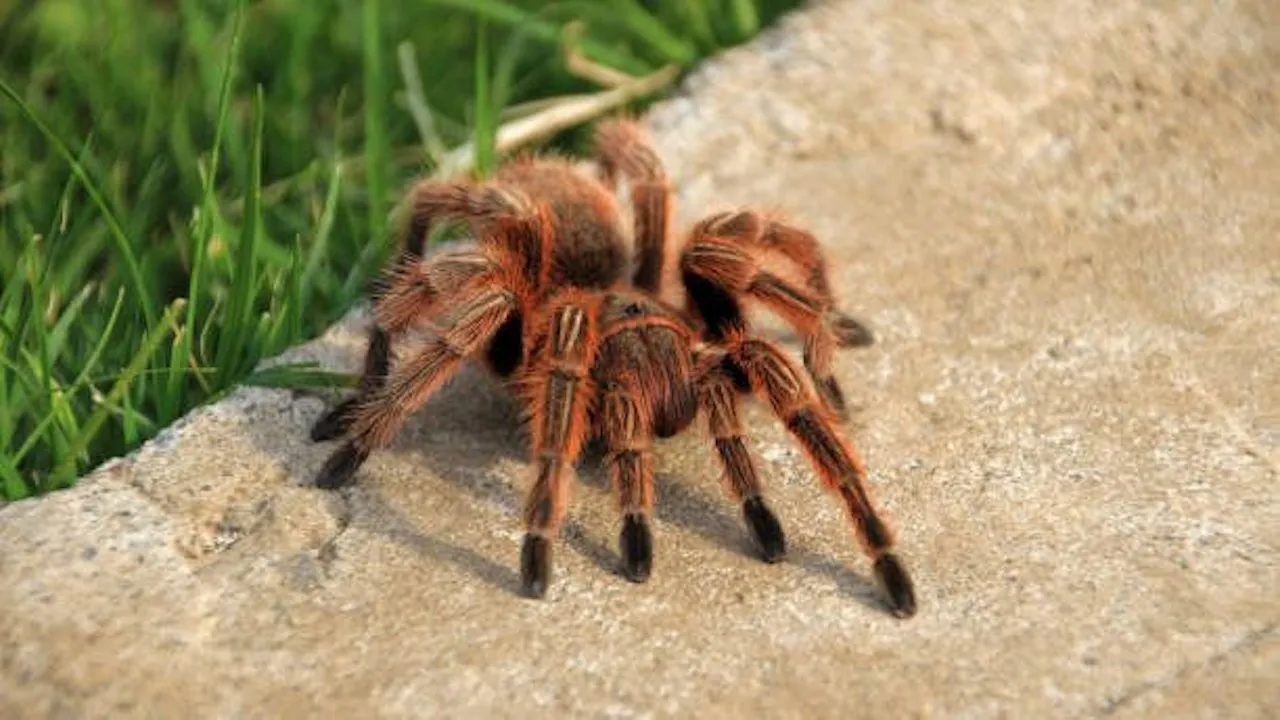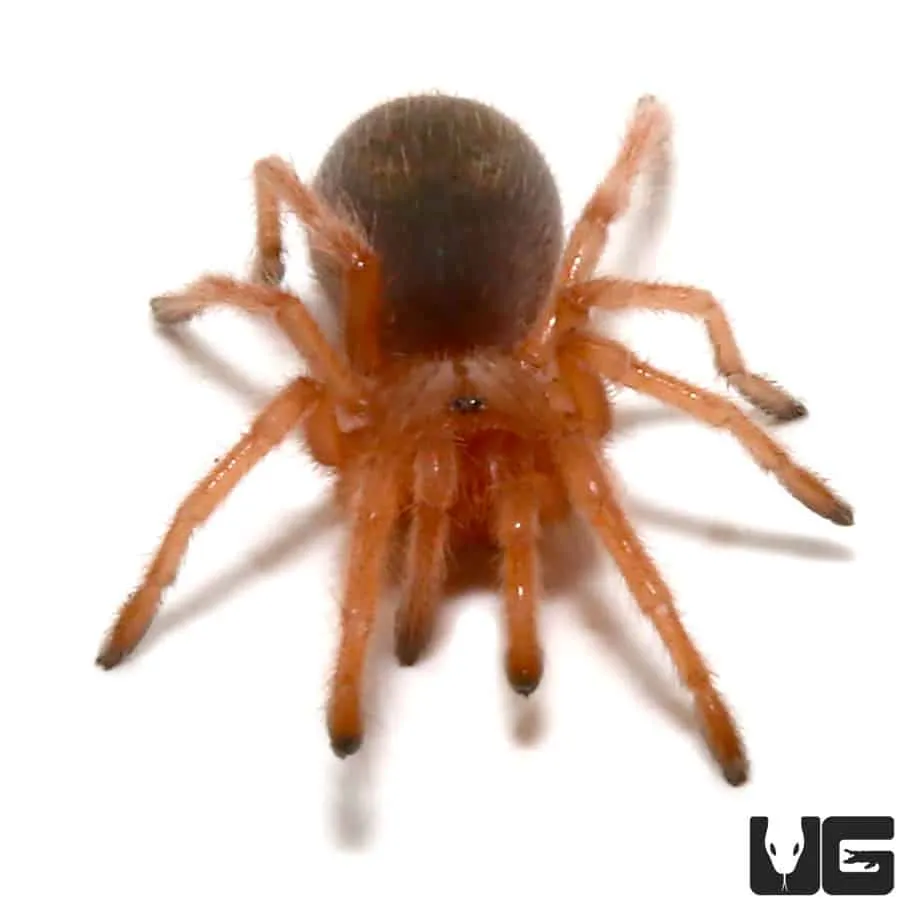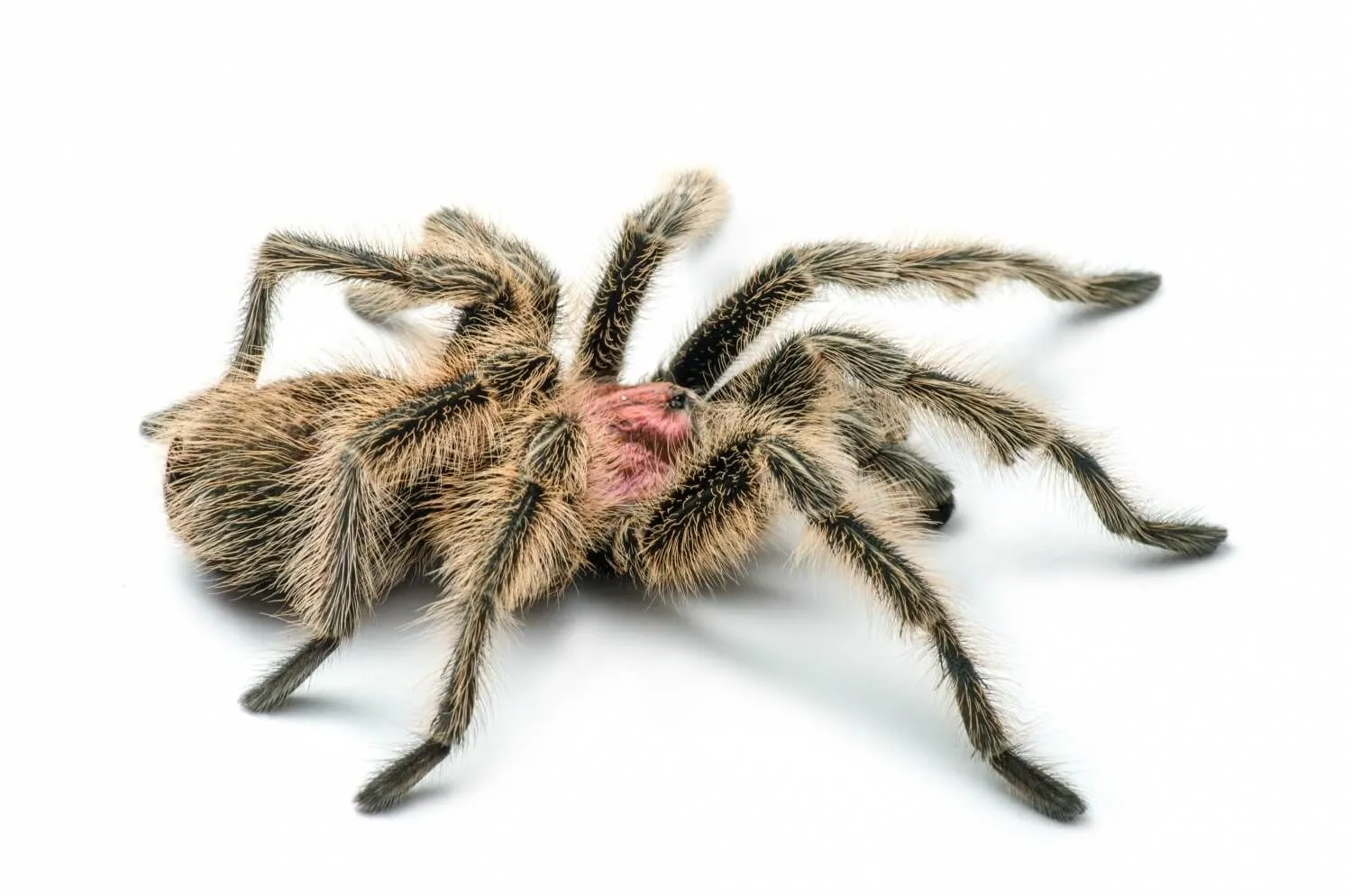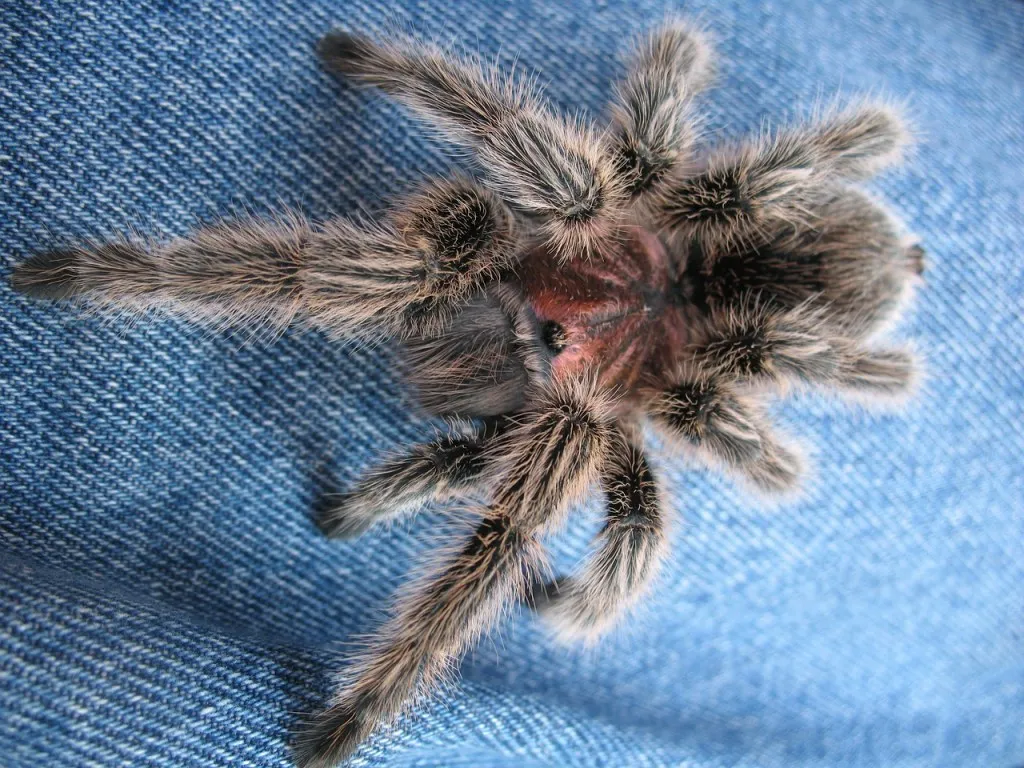Choosing Your Chilean Rose Tarantula
Bringing a Chilean Rose Tarantula into your home can be an exciting experience. These arachnids, known for their docile nature and beautiful coloration, make fascinating pets. However, before you welcome one into your life, careful consideration is crucial. This guide provides essential information to ensure you provide the best possible care for your new companion. The Chilean Rose Tarantula (Grammostola rosea), native to the deserts of Chile, is one of the most popular pet tarantulas due to their relatively easy care requirements and gentle temperament. They are a hardy species, well-suited for beginner tarantula keepers. Their lifespan can be quite long, with females living for up to 20 years, making them a long-term commitment. Before you purchase a Chilean Rose, educate yourself and ensure you’re prepared to meet their needs.
Where to Buy a Chilean Rose Tarantula
Finding a reputable source is key. Avoid purchasing from pet stores that do not specialize in reptiles or invertebrates, as the animals may not receive adequate care. Local reptile expos and specialist breeders are often the best choices. These sources are more likely to provide healthy specimens and offer advice on care. Online retailers can also be a good option, but always check reviews and ensure the seller has a good reputation for shipping live animals safely. Be prepared to ask questions about the tarantula’s origin and health before making a purchase.
Things to consider before buying

Consider the tarantula’s size and age. Younger tarantulas, or spiderlings, are more delicate and require more careful handling and a specific habitat. Older tarantulas are easier to care for but may have more established personalities. Also, consider the sex of the tarantula; females live significantly longer than males. Check for signs of health before you buy. A healthy tarantula should be alert, active (though tarantulas are generally sedentary), and have a plump abdomen. Avoid tarantulas that appear lethargic, have a shrunken abdomen, or display any visible injuries.
Check the Tarantula’s Health
Carefully observe the tarantula for any signs of illness or injury. The abdomen should be firm, not shriveled, indicating proper hydration. Look for any missing legs or other appendages. Healthy tarantulas have a clean, shiny appearance. Avoid purchasing a tarantula that appears dull or has a dirty carapace. If possible, ask the seller to feed the tarantula to observe its feeding response. A healthy tarantula should readily accept food. Also, observe their movement, a healthy tarantula should move with ease, not lethargically. If you are unsure, do not hesitate to seek advice from an experienced tarantula keeper before purchasing.
Setting Up the Perfect Chilean Rose Tarantula Habitat
Creating the right environment is crucial for the well-being of your Chilean Rose Tarantula. Their habitat should mimic their natural desert environment to ensure they thrive. A well-designed enclosure provides safety, security, and the necessary conditions for a healthy life. The setup should be easy to maintain and allow for the tarantula’s natural behaviors. It is also important to consider the long-term needs of your tarantula as they grow, providing adequate space and opportunities for exploration. Proper setup includes the right enclosure, substrate, water, and temperature regulation.
The Ideal Enclosure

A secure, well-ventilated enclosure is essential. A glass terrarium or a plastic enclosure is suitable. The size of the enclosure should be appropriate for the tarantula’s size. A general rule is that the enclosure should be at least three times the tarantula’s leg span in width and length. For a juvenile, a 5–10-gallon tank is often sufficient, while adults will need a 10–20-gallon tank. Ensure the enclosure has a secure lid to prevent escape. Chilean Rose Tarantulas are terrestrial, so the height of the enclosure is less critical than the floor space. Ventilation is also important to prevent the buildup of excess humidity, which can lead to health problems. Make sure there is proper airflow within the enclosure.
Substrate Selection
The substrate is the material that lines the bottom of the enclosure. It serves several purposes, including providing a comfortable surface for the tarantula, maintaining humidity, and allowing the tarantula to burrow. A good substrate for Chilean Rose Tarantulas is a mixture of coconut fiber and peat moss. This mix retains moisture while providing good drainage. Avoid using substrates that are too dusty, such as sand, as this can irritate the tarantula’s respiratory system. The substrate should be deep enough for the tarantula to burrow if it chooses. A depth of 2–4 inches is usually adequate. The substrate should be kept clean and replaced regularly to prevent the growth of mold and bacteria.
Water and Humidity Levels
Chilean Rose Tarantulas thrive in a relatively low humidity environment. Keeping the humidity level between 60-70% is generally adequate. Provide a shallow water dish with fresh, clean water at all times. The water dish should be shallow enough to prevent the tarantula from drowning but accessible for drinking. Monitor the humidity levels using a hygrometer. If the humidity is too high, increase ventilation by slightly opening the enclosure or adding more ventilation holes. If the humidity is too low, mist the enclosure lightly with water once or twice a week, avoiding spraying the tarantula directly. Regularly check the water dish for cleanliness and refill as needed.
Temperature Requirements

Chilean Rose Tarantulas prefer temperatures between 75–85°F (24–29°C). Maintaining this temperature range is crucial for their health and well-being. In most homes, the ambient temperature is suitable. However, if the room is too cold, you may need to use a heat lamp or a heat mat. If using a heat source, ensure that it is regulated with a thermostat to prevent overheating. Place the heat source on one side of the enclosure to create a temperature gradient, allowing the tarantula to move to an area that suits its needs. Avoid placing the heat source directly on the substrate, as this can cause it to dry out too quickly. Always monitor the temperature with a thermometer.
Feeding Your Chilean Rose Tarantula
Proper feeding is crucial for the health and growth of your Chilean Rose Tarantula. Providing a balanced diet and understanding their feeding habits will ensure your tarantula thrives. The Chilean Rose Tarantula is an opportunistic feeder, meaning it will eat whatever it can catch. However, there are optimal food choices and feeding schedules to keep your tarantula happy and healthy. Observing your tarantula’s eating habits and adjusting the feeding schedule as needed is essential. Always provide fresh water and remove any uneaten food to prevent mold growth.
What to Feed
The primary diet for Chilean Rose Tarantulas consists of insects. Crickets, mealworms, and roaches are excellent choices. These insects are readily available at most pet stores and are relatively easy to maintain. The size of the food item should be appropriate for the tarantula’s size. Generally, the insect should be no larger than the tarantula’s body. Avoid feeding wild-caught insects, as they may carry parasites or pesticides. Always gut-load the feeder insects with nutritious food before feeding them to your tarantula. This ensures that your tarantula gets the maximum nutritional value from its meal. Variety in the diet is also beneficial; vary between crickets, mealworms, and roaches to provide a range of nutrients.
Feeding Frequency

The feeding frequency depends on the tarantula’s age and size. Young tarantulas, or spiderlings, need to be fed more frequently, typically 2–3 times per week. Adult tarantulas can be fed every 1–2 weeks. Observe your tarantula’s abdomen. A well-fed tarantula will have a rounded abdomen. If the abdomen appears shrunken, it may need more frequent feeding. Remove any uneaten food within 24 hours to prevent the growth of mold and bacteria. Always provide a fresh water source for your tarantula and monitor their eating behavior, adjusting the frequency as necessary based on its condition and appetite.
Handling and Safety
While Chilean Rose Tarantulas are known for their docile nature, handling should be approached with caution and respect. These tarantulas are not prone to biting, but a bite can be painful. Also, consider their hairs and safety when handling. Overhandling can also stress the tarantula and can potentially lead to injuries. If you must handle your tarantula, do so only when necessary and with extreme care.
Do Chilean Rose Tarantulas Bite
Chilean Rose Tarantulas are generally not aggressive and are unlikely to bite unless they feel threatened. However, a bite can happen if the tarantula is startled or mishandled. Their bite is not typically medically significant, but it can be painful and cause localized pain, redness, and swelling. If bitten, clean the wound thoroughly with soap and water and monitor for any signs of infection. Avoid handling your tarantula unnecessarily, and always approach it slowly and calmly. Never make sudden movements around your tarantula, and be mindful of their environment when handling them.
Dealing with Hairs

Chilean Rose Tarantulas, like many New World tarantulas, have urticating hairs on their abdomen. These hairs are a defense mechanism. When the tarantula feels threatened, it will flick these hairs toward the perceived threat. These hairs can cause skin irritation and itching. If you are handling your tarantula and it flicks its hairs, avoid touching your face or eyes. If you get the hairs on your skin, wash the affected area with soap and water. If the hairs get into your eyes, flush them with water and seek medical attention if irritation persists. Always wash your hands thoroughly after handling your tarantula or cleaning its enclosure.
Common Health Issues and Solutions
Like any pet, Chilean Rose Tarantulas can be susceptible to health issues. Recognizing common problems and knowing how to address them will help you provide the best care for your tarantula. Regular observation and prompt intervention can often prevent serious health complications. Monitoring your tarantula’s behavior, feeding habits, and overall appearance are crucial for detecting any signs of illness early on.
Moulting Process
Moulting is a natural process in which tarantulas shed their exoskeleton to grow. During moulting, the tarantula becomes vulnerable. The frequency of moulting depends on the tarantula’s age. Spiderlings moult more frequently than adults. Before moulting, the tarantula may become lethargic, stop eating, and the abdomen may appear darker. The tarantula will usually flip onto its back during the process. Avoid disturbing the tarantula during moulting. Provide a humid environment to assist with the process. After moulting, the tarantula’s exoskeleton will be soft. Do not feed it for a few days until the exoskeleton hardens. If your tarantula has difficulty moulting, increase the humidity in its enclosure.
Parasites and Diseases

While generally hardy, Chilean Rose Tarantulas can be affected by parasites and diseases. Mites are a common problem. These tiny pests can infest the tarantula and its enclosure. If you notice mites, isolate the tarantula and clean the enclosure thoroughly. Various treatments are available to eradicate mites, such as predatory mites. Fungal infections can occur if the enclosure is too humid. Ensure proper ventilation and maintain appropriate humidity levels. If your tarantula shows signs of illness, such as loss of appetite, lethargy, or unusual behavior, consult a veterinarian experienced in exotic pets. Prevention is key; always maintain a clean enclosure and provide the right environmental conditions.
Final Thoughts
Caring for a Chilean Rose Tarantula can be a rewarding experience. By following the guidelines outlined in this care sheet, you can ensure that your tarantula lives a long, healthy, and happy life. Remember that patience, observation, and a commitment to providing the right environment are key. Regularly monitor your tarantula’s behavior, feeding habits, and enclosure conditions. Educate yourself further on tarantula care and be prepared to adapt your care practices as needed. Enjoy the unique experience of sharing your home with this fascinating creature.
